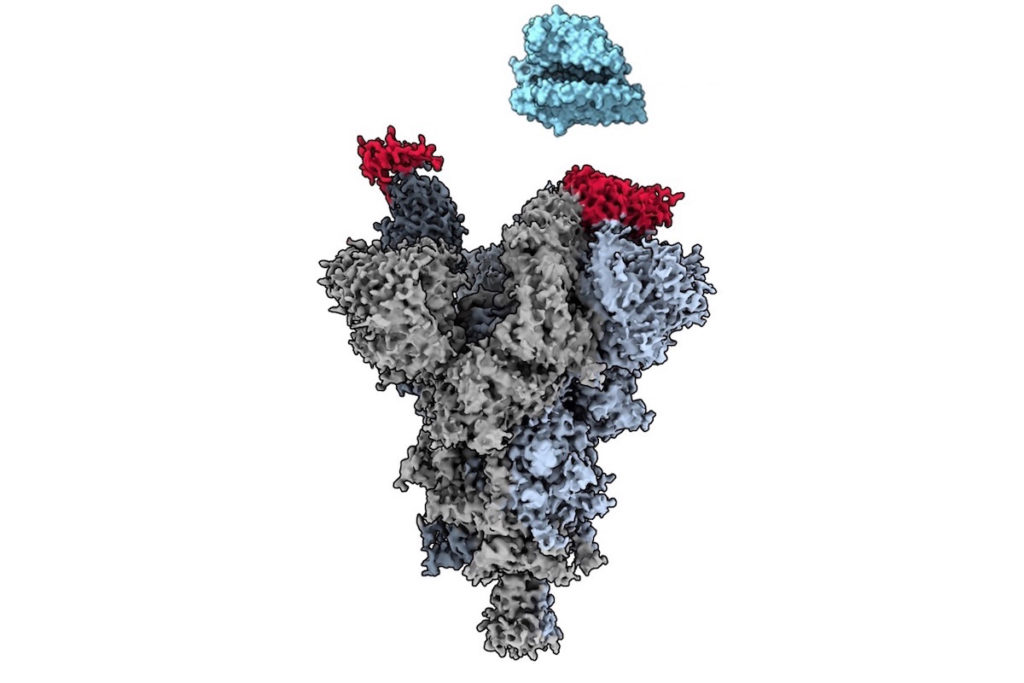
Researchers at the University of British Columbia have discovered a key vulnerability across all major variants of the SARS-CoV-2 virus, including the recently emerged BA.1 and BA.2 Omicron subvariants. The weakness can be targeted by neutralizing antibodies, potentially paving the way for treatments that would be universally effective across variants.
The findings, published this month in Nature Communications, use cryo-electron microscopy (cryo-EM) to reveal the atomic-level structure of the vulnerable spot on the virus’ spike protein, known as an epitope. The paper further describes an antibody fragment called VH Ab6 that is able to attach to this site and neutralize each major variant.
“This is a highly adaptable virus that has evolved to evade most existing antibody treatments, as well as much of the immunity conferred by vaccines and natural infection,” says Dr. Sriram Subramaniam, Professor in the Faculty of Medicine and the study’s senior author. “This study reveals a weak spot that is largely unchanged across variants and can be neutralized by an antibody fragment. It sets the stage for the design of pan-variant treatments that could potentially help a lot of vulnerable people.”
The UBC team is world-renowned for its expertise in using cryo-EM to visualize protein-protein and protein-antibody interactions at an atomic resolution. In another paper published earlier this year in Science, they were the first to report the structure of the contact zone between the Omicron spike protein and the human cell receptor ACE2, providing a molecular explanation for Omicron’s enhanced viral fitness.
By mapping the molecular structure of each spike protein, the team has been searching for areas of vulnerability that could inform new treatments.
Please visit the Faculty of Medicine site to read the full story.
Through Strategy 10: Research Culture, UBC is working to fostering a strong and diverse research culture that embraces the highest standards of integrity, collegiality and service.